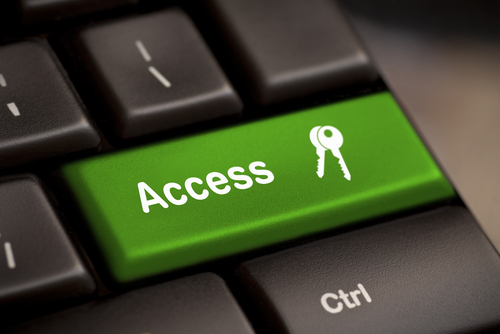
Information and communication technologies (ICTs), such as mobile phones, radio, TV or the Internet, play a key role to enable the social and economic inclusion of persons with disabilities.
Through the world hundres of millions of persons with disabilities are already using ICT-enabled solutions to access information, be integrated into the job market and enjoy better access to basic public services, such as health, education or governmental services.
Looking to the future, the goal of the global community should be to expand these benefits to all persons with disabilities.